Ryobi Pressure Water Broom Review
- April 23, 2024
- 0 comment
The Ryobi Pressure Water Broom is a versatile attachment that transforms your regular pressure washer into a powerful cleaning tool. Designed to tackle everything from the undercarriage of vehicles to driveways and patios, this water broom makes cleaning not just thorough but also quicker and more efficient.

When it comes to keeping my surroundings clean, efficiency and effectiveness are key. The Ryobi Water Broom, which I picked up online, has become an indispensable part of my cleaning regimen. Designed to connect effortlessly to a pressure washer wand, this tool has simplified how I approach cleaning tasks.
Ryobi Pressure Water Broom Design and Specifications
The Ryobi Water Broom boasts an 11-inch cleaning path which significantly cuts down the time I spend on cleaning large surfaces like my driveway and patio. Its design includes a 10-inch height and width and a depth of 5 inches, making it robust yet easy to handle.
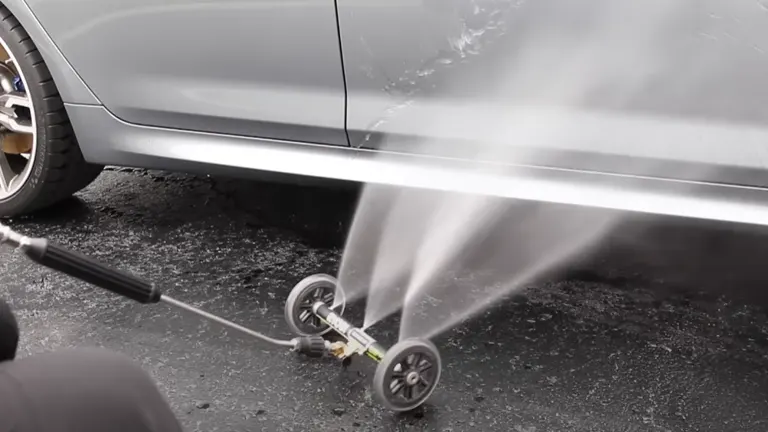
What makes it particularly appealing is the ease of setup. The quick-connect coupler system allows the broom to snap on and off my pressure washer without hassle. It’s compatible with gas pressure washers up to 3,300 PSI, providing the muscle needed to tackle tough dirt and debris.
Versatility in Use
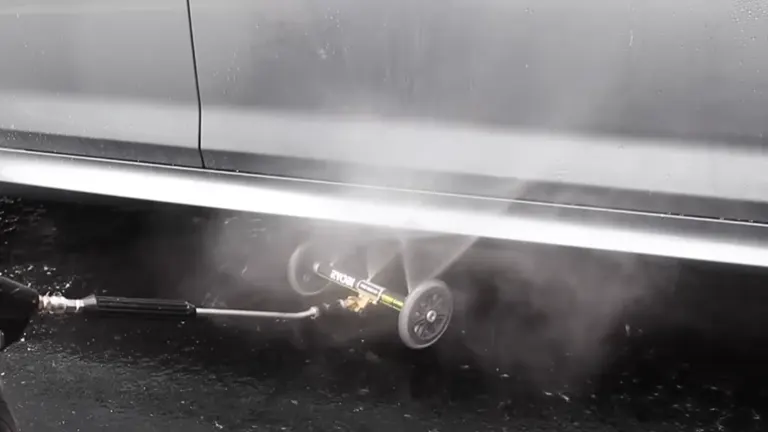
Initially purchased to maintain the undercarriage of my vehicle—keeping it free from road salt and mud—the water broom has proven its worth beyond just car care. It works wonders on flat surfaces, making quick work of seasonal cleaning sessions on decks and walkways. The three strategically placed nozzles create a powerful, even spray that effectively removes dirt without damaging the surface.
Practical Experience
Using the water broom is a straightforward affair. Its wheels glide smoothly, allowing me to maneuver under my BMW with ease. The first time I rolled it out after a particularly muddy off-road adventure, it impressively washed away all the grime that had accumulated underneath.
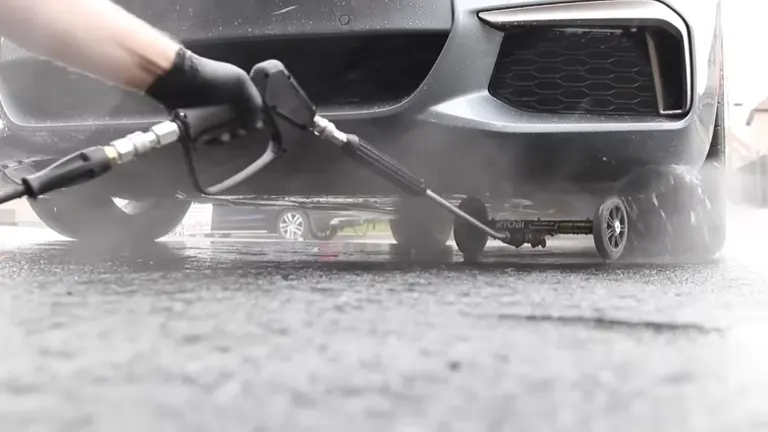
The water broom isn’t just about power; it’s about precision. Whether I’m angling it to clean the driveway or focusing on the undercarriage of my car, the swiveling brass part ensures that the spray reaches exactly where it needs to be. This feature not only improves cleaning effectiveness but also conserves water by targeting specific areas.
Pros of the Ryobi Pressure Water Broom
- I’ve found the Ryobi Pressure Water Broom extremely versatile for a variety of cleaning tasks. Whether it’s washing the dirt and salt off the undercarriage of my car after a winter drive or sprucing up the driveway, this tool handles it all. Its ability to adapt from vehicle care to home care makes it invaluable to my weekly chores.
- The fact that this broom can handle up to 3300 PSI means it’s robust enough to tackle the toughest grime. When paired with my high-power pressure washer, it cuts through dirt like it’s nothing, saving me time and effort.
- The inclusion of wheels on the water broom is a game changer. It glides smoothly across various surfaces, making it easy to manage and less strenuous, especially when cleaning large areas. I can cover more ground without feeling fatigued, which is a big plus.
Cons of the Ryobi Pressure Water Broom
- One downside is that it’s only compatible with gas pressure washers. If you have an electric model, this tool won’t work. This limitation can be a dealbreaker for those who prefer the quieter, more environmentally friendly electric models.
- The 90-day warranty feels a bit short for such a robust tool. While I haven’t encountered any issues with mine, a longer warranty would provide more peace of mind, especially considering the investment. It makes me a bit cautious about recommending it to others without mentioning this point.
- Although it fits under my car just fine, I can see how the size might be a problem for vehicles with extremely low clearances. It’s something to consider if you drive a sports car or any vehicle that sits lower to the ground.
Packaging and Assembly
The product arrived in a simple, no-frills box with all the necessary components neatly packed inside. Assembly was minimal—a relief, really. Attaching it to my pressure washer took less than a minute, and it was ready to go. The packaging also promised a 90-day warranty, which gave me peace of mind about the investment.
Comparison Table: Ryobi Pressure Water Broom vs. Kärcher 11″ Pressure Washer Surface Cleaner
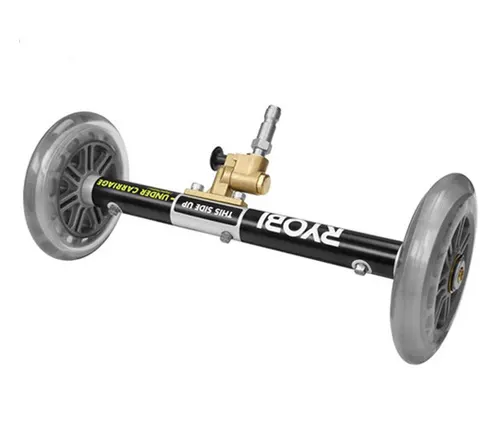 | 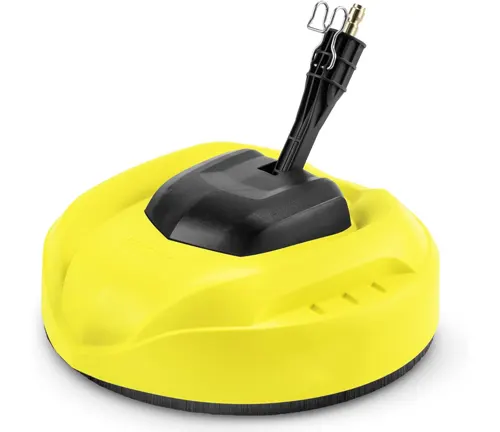 | |
|---|---|---|
| Dimensions | 10″ H x 10″ W x 5″ D | 11″ Diameter x 11″ W x 4.5″ D |
| Cleaning Path Width | 11 inches | 11 inches |
| Pressure Compatibility | Up to 3300 PSI | Up to 2000 PSI |
| Design | Wheels for maneuverability | Glides over flat surfaces |
| Functionality | Suitable for undercarriages and flat surfaces | Best for flat surfaces only |
| Number of Nozzles | 3 | Twin-jet rotating arms |
| Price | $54.97 | $33.92 |
| Warranty | 90 days | 1 year |
Summary: When deciding between the Ryobi Pressure Water Broom and the Kärcher 11″ Pressure Washer Surface Cleaner, consider what you need from your cleaning tool. The Ryobi Pressure Water Broom is a versatile option that works exceptionally well for both vehicle undercarriage cleaning and general surface cleaning. It supports higher pressure up to 3300 PSI, making it suitable for more intensive cleaning tasks, and is designed with wheels for easier maneuverability.
On the other hand, the Kärcher Surface Cleaner is tailored for residential use, ideal for cleaning flat surfaces like patios and driveways without leaving streaks. It is limited to 2000 PSI, which should suffice for typical home use, and it boasts a longer warranty period.
For a robust, multi-purpose cleaning tool, the Ryobi is the more flexible choice, especially for those with varied cleaning needs. While the Ryobi is slightly more expensive, it offers a broader range of applications and higher pressure compatibility. On the other hand, the Kärcher, which is more affordable, provides a longer warranty and is a strong candidate for exclusive flat surface cleaning, offering excellent value with its streak-free performance.
Maintenance Tips for the Ryobi Pressure Water Broom
Proper maintenance is crucial for extending the life and ensuring the efficiency of your Ryobi Pressure Water Broom. Here are some straightforward, essential tips:
- Regular Cleaning: After each use, rinse the water broom thoroughly to remove dirt, mud, and debris. This prevents buildup in the nozzles and moving parts.
- Inspect Nozzles for Clogs: Check the nozzles for any blockages. If you notice a decrease in pressure or uneven spraying, use a small pin to clear out debris from the nozzle openings.
- Check for Wear and Tear: Regularly inspect the water broom for any signs of wear or damage, particularly the wheels and swivel joints. Replace parts as necessary to avoid breakdowns during use.
- Storage: Store the water broom in a dry, clean environment. Avoid exposure to extreme temperatures to prevent damage to the plastic components and seals.
- Hose and Connection Checks: Before each use, ensure that all connections are secure to avoid leaks or drops in pressure. Check the hose for any signs of wear and replace it if you find cracks or leaks.
Troubleshooting Guide for the Ryobi Pressure Water Broom
Even with proper maintenance, issues may arise. Here’s a quick guide to troubleshooting common problems:
- Low Pressure:
- Cause: Clogged nozzles, leaks in the hose, or incorrect pressure washer settings.
- Solution: Clean the nozzles using a fine needle, ensure all hose connections are tight, and check your pressure washer is set to the correct PSI for the water broom.
- Uneven Cleaning Path:
- Cause: One or more blocked nozzles or uneven wear on the wheels.
- Solution: Clear any blockages from the nozzles and check the wheels for damage or wear. Replace the wheels if they are not rolling smoothly.
- Water Broom Not Swiveling Properly:
- Cause: Dirt or debris caught in the swivel mechanism or lack of lubrication.
- Solution: Clean the swivel area thoroughly and apply a suitable lubricant to ensure smooth movement.
- Water Leaks at Connection Points:
- Cause: Loose connections or worn-out seals.
- Solution: Tighten all connections, and replace seals if they appear cracked or worn.
- Water Broom Skips Over Surface:
- Cause: Too much pressure causing the broom to lift or wheels are not touching the surface properly.
- Solution: Adjust the pressure settings on your washer, or check the alignment and condition of the wheels.
Conclusion
The Ryobi Pressure Water Broom has transformed how I handle cleaning tasks around my home and vehicle. It’s a robust, efficient tool that saves time and effort, making it an excellent addition to my outdoor maintenance tools. For anyone who dreads the time-consuming task of cleaning large areas or maintaining a vehicle’s undercarriage, this tool might just be what you’re looking for.
FAQs
- Can the Ryobi Pressure Water Broom be used with any brand of pressure washer?
Yes, the Ryobi Pressure Water Broom is compatible with most gas pressure washers that accommodate up to 3,300 PSI. It features a standard quarter-inch quick-connect fitting, making it versatile for use with various brands that support this common connection type. - How do I maintain the Ryobi Pressure Water Broom to ensure it lasts?
To maintain the Ryobi Pressure Water Broom, always rinse it thoroughly after each use to prevent dirt and debris buildup, which can clog the nozzles. Periodically check the nozzles for obstructions and clean them if necessary. Store the water broom in a dry, clean place to avoid rust and corrosion. - Is it possible to replace the nozzles on the Ryobi Pressure Water Broom if they become damaged?
Yes, the nozzles on the Ryobi Pressure Water Broom can be replaced. Replacement nozzles can be purchased from hardware stores or directly from Ryobi’s parts and services department. Ensure you choose the correct size and spray angle to maintain effective cleaning performance. - What safety precautions should I take when using the Ryobi Pressure Water Broom?
When using the Ryobi Pressure Water Broom, wear protective clothing, including safety goggles, gloves, and sturdy footwear, to protect against flying debris. Always ensure the water broom is securely connected to the pressure washer wand to avoid accidental disconnections under high pressure. Never point the water broom at people or pets. - How effective is the Ryobi Pressure Water Broom for cleaning textured surfaces like cobblestone or brick?
The Ryobi Pressure Water Broom is effective on various flat surfaces, including textured patterns like cobblestone or brick. It can remove debris and dirt efficiently without damaging the surface. However, for very uneven surfaces, closer attention to the angle and pressure might be necessary to ensure thorough cleaning. - Can I use hot water with the Ryobi Pressure Water Broom for more effective cleaning?
It is not recommended to use hot water with the Ryobi Pressure Water Broom. The device is designed for use with cold water. Using hot water can damage the internal components and the seals, reducing the lifespan of the water broom.
We’d love to hear from you! Have you tried the Ryobi Pressure Water Broom, or do you have other go-to tools for keeping your spaces spotless? Drop your thoughts and tips in the comments below. Your insights help enrich our community and could help others make informed decisions. Feel free to share this review with anyone who might find it useful. Let’s keep the conversation going!

Edward Smith
Forestry AuthorWoodworking is about more than crafting; it's a harmonious connection with nature, mastering tools, and preserving our environment. I'm here to share my knowledge and experiences with you, forging a future where we can embrace wood's beauty and utility while safeguarding our forests' health and diversity.

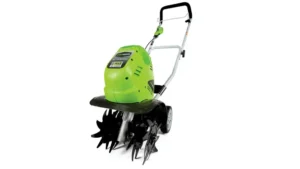
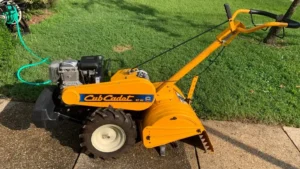
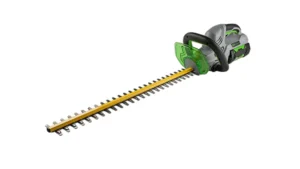
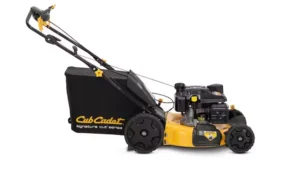
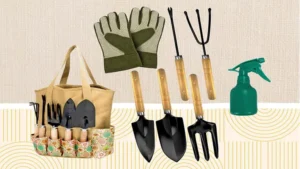

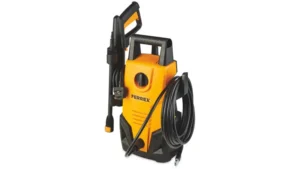
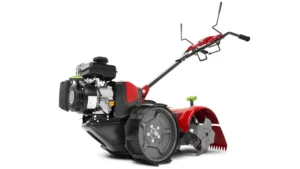
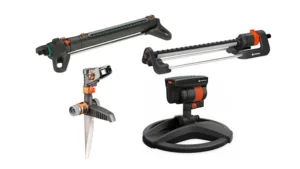
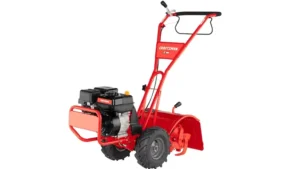

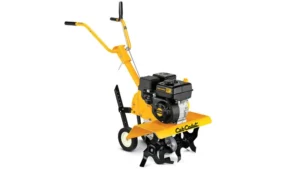
Leave your comment